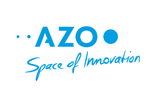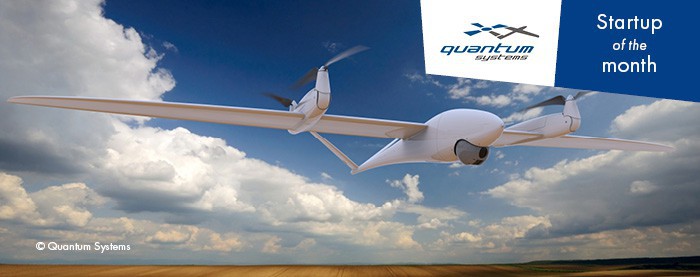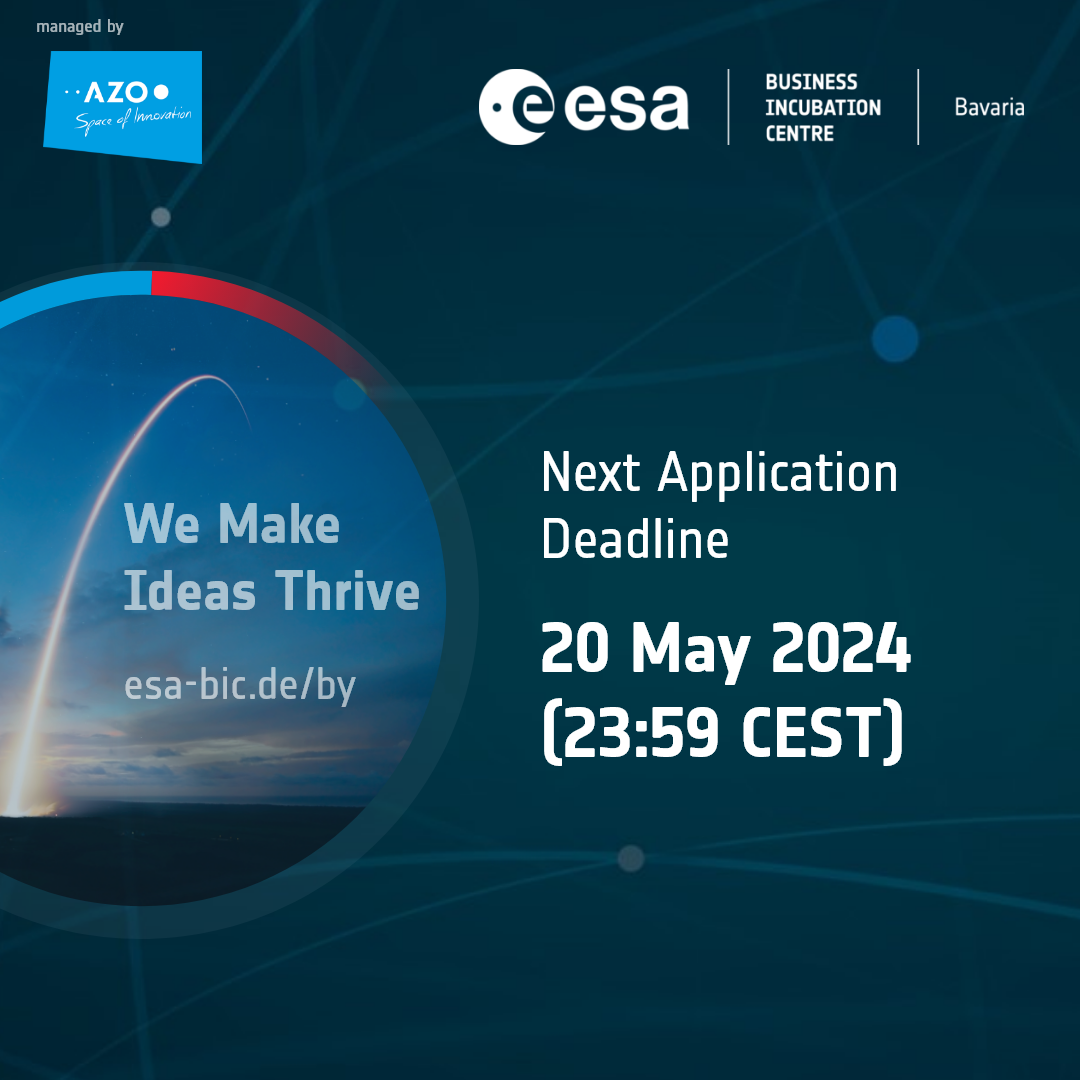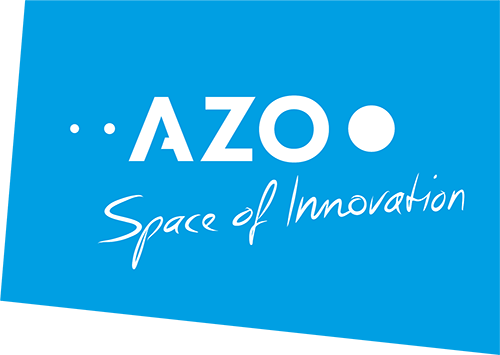The Unmanned Aerial Vehicles (UAV) market is experiencing tremendous growth. To outline this growth with figures, the consulting group PricewaterhouseCoopers LLP estimates the value of the worldwide market for commercial drone applications to sky-rocket to EUR 120 billion by 2020.
There are several reasons why this market is literally taking off. One aspect is the major decrease in costs for civilian drone technology. What once started as very expensive tech product which was barely affordable turned into a leisure time object nowadays. More importantly though, the more reasonable prices brought many young entrepreneurs and SMEs to the market with new business ideas and cost-efficient applications.
UAVs equipped with cameras and sensors provide extensive data for companies, political institutions and research facilities. Their assets such as flexible surveying, precise positioning and orientation in areas that are difficult to access, are now being exploited for commercial and societal purposes.
Multiple application fields for commercial UAVs include infrastructure, agriculture, transport, security and telecommunication.
Yet, the global economy still faces multiple challenges when it comes to full exploitation of the commercial UAV market. Legal barriers remain to be challenging for all parties involved. Especially the use of UAVs, its limitation and related property rights protection.
Therefore, a certified UAV system will represent a significant milestone for the entire unmanned aviation and all its various aircraft devices. This system will have to meet quite a number of requirements to be in accordance with regulations, which are currently not yet specified. This certainly will include that a UAV has to exhibit redundancies, to ensure security even in case of individual system failures. In addition, regulations for Flying Beyond Visional Line-of-Sight (BVLOS) – which means flying the UAV by instruments from a Remote Pilot Station (RPS) without having to keep the flying unmanned aircraft in visual line of sight at all times – will play a major role for the international certification of the UAV system.
To be in the first row, for a certified UAV system, when regulations are settled, is the vision of our interview partner Quantum-Systems. The ESA BIC Bavaria incubatee develops unique UAV systems which are intended for high efficiency and flexible integration of sensors. In a nutshell: Quantum-Systems UAVs – the Quantum TRON – take off and land like a helicopter and glide efficiently like an airplane. The startup speaks of the so called transition flight – combining the long range and efficiency of its wings when flying with the ability to take off and land without additional equipment (such as a catapult for take-off or a net for landing).
Learn more about the forward-thinking startup and its innovative system in the following AZO interview with Armin Busse, Chief Financial Officer Quantum-Systems.
10 Questions to Quantum-Systems
AZO: Tell us about the starting point for Quantum-Systems. How did the founders meet and what was the spark for this groundbreaking idea?
Armin Busse, Quantum-Systems: The founding team, consisting from Florian Seibel, Dr Michael Kriegel and Tobias Kloss, were research assistants at the Bundeswehr University (Uni BW) in Munich and were responsible for using UAV multicopter systems for scientific purposes. I also met Florian Seibel at the Uni BW, but joined the team later in 2015. The three founders share a passion for model planes, gliding and helicopters. When they meet in 2010, the idea was born to combine their experiences and use the best features of “both worlds” to develop an innovative transition flight system for UAVs. To be more precise: a UAV able to take-off and land vertically like a helicopter, with the horizontal gliding capabilities of an airplane.
AZO: After the idea was born, the next question was how to realise it, and where to get the seed capital. What were the next steps to push the development of the system?
AB: 2012 the system’s patent was applied for Germany and Europe. That was an important step towards securing the innovative system. In order to acquire a financial basis for cost-intensive development, the initial team began building their own multicopter systems with payloads and complete systems and distributed them via geo-konzept for agriculture and smaller measurements. Through these multicopter orders they were able to acquire the seed capital which was necessary to develop the first prototype of the Quantum VRT (predecessor of the Quantum TRON) and turn the pioneering idea into reality. Until 2015 multicopter systems were developed and distributed. The company Quantum-Systems GmbH was founded in the beginning of 2015 and only a few months before we were accepted for the ESA BIC Bavaria incubation programme.
AZO: The first prototype of the Quantum TRON was ready in 2015 – and it was a huge success right away in Dubai. Tell us more about your system stepping into the limelight.
AB: With our first prototype, we were participating in the UAE Drones for Good Award 2015, and made the second place right away. The promotion we received through this good ranking and at the related event in Dubai was a huge boost for us. We acquired many engineer orders during the time there and also afterwards through valuable leads. The media coverage in terms of the international award gave us additional momentum. In general, innovation competitions are an important asset for us to spread the word about UAVs and our pioneering products in this field.
AZO: Can you tell us a bit more about your product? What exactly makes the Quantum TRON so extraordinary?
AB: Our system’s unique selling proposition is taking-off and landing vertically. We do not need a catapult like fixed wing systems. All we need is a space of 5×5 meters to operate our system. The vertical take-off and landing is very gentle to the sensitive sensors of our UAV. Just to give you an impression: a gimbal system for instance costs approximately EUR 30,000. Therefore, smooth take-off and landing are very important. Moreover, our aerodynamically optimised wings are ideal for cruising flight and gliding as efficient as possible. That is a huge advantage compared to other UAV systems. In the cruise flight mode, we only need four percent of the energy we need for taking off and in gliding mode none energy at all. That is of big interest for any expert in the field. The security our system offers is another asset, compared to a fixed wing system bringing it back to the ground is tied to multiple risks. We avoid those risks. In case our propellers should not work, which is highly unlikely, then our system functions as a glider and we would not crash like other systems and land safely with an emergency mode and intelligent maps.
AZO: What is your business model?
AB: Our aim is to supply the Quantum TRON application with three basic applications: gimbal system for surveying, multispectral camera for agriculture and forestry, and an RGB camera for cartographical tasks and 3D construction.
We develop this entire system including ground control and additional features and sell the complete package to the customer. This client could be an end-user or a service provider. In terms of aftersales, we intend to tie customers to us through specific trainings explaining how to operate our system and in terms of its updates and maintenance. We do not see ourselves as service provider. Therefore, it is our mission to develop and distribute the full system – and we envision to ship worldwide.
In terms of business, we are completely independent and do not have any investors on board. Nevertheless, if we meet the right person that fits our team and our vision, we would be happy to discuss opportunities.
AZO: How far are you currently on your roadmap?
AB: We finished our first test phase. In addition, we have accomplished our first live-projects with Germany’s major railway company Deutsche Bahn – with more than 5.5 million customers every day in the passenger transport segment – and the largest energy company in Germany RWE – with the two operational business fields conventional power generation and energy trading. The project with Deutsche Bahn aimed at assessing more efficient methods for maintenance of the rails. Furthermore, the joint project with RWE targeted on analysing different ways of change detection for the production of coal. These projects were of mutual interest and benefitted all parties involved. We were able to gain new insights and received valuable professional feedback on how to further improve our system. Now the big test phase follows in which the hardware construction will be finalised very soon. Afterwards, our pilot production will be tested and flown intensively until April 2017. During this time period our system will be tested under a constant load and then follows the ultimate serial production and our system is ready to be sold.
AZO: What can you tell us about financing and supporting programmes?
AB: At the moment, we finance ourselves with engineering services related to UAVs and suitable to advance our vision – customers are the Technical University of Munich and their industry partners for instance. Furthermore, we have growing sales in the area of flight projects, such as the already mentioned ones with Deutsche Bahn and RWE. Another very essential project for us was a partner project for MBRSC Dubai. During this project, we were able to put our system to the test, by overflying pipelines and power grids, in order to transfer this know-how to future task scenarios for event management or traffic management. That was a wonderful experience for us on an international level and a great opportunity to test our system in Dubai under tough weather and climate conditions. Since August 2016 and in addition to ESA BIC Bavaria, we are business partner of Esri, international market leader for geo-informatics-systems. The data and the maps they provide are all very accurate and up-to-date, which is very helpful for our development. All the users are true experts and the big data goes hand-in-hand with user-generated content. Furthermore, we are fortunate to receive state subsidies, in particular Bavarian subsidies.
AZO: How did you get to know of ESA BIC Bavaria?
AB: At bavAIRia’s fourth UAV Forum we met Robert Klarner, Head of Technology Marketing at the German Aerospace Center (DLR). He was the one who introduced us to the ESA BIC Bavaria programme and told us at that time the submission phase would end in ten days. We were convinced that this business incubation programme would be helpful for us, so we got right at it. We worked day and night on our application. Some time later we handed in our submission, and got accepted and part of this great programme.
AZO: How did ESA BIC and its network help Quantum-Systems to kick-start its business case?
AB: The story of Quantum-Systems began in private apartments were we were working on our system in the living room, had our meetings in the kitchen and used the bedroom as storage. They soon became way too small as our business and team grew continuously. Since there was not only a lack of space, the professional environment for our business development regarding meetings had to be upgraded, especially considering the high-tech degree of our system.
It was wonderful for us to have the opportunity and rent suitable office space as part of our participation in the ESA BIC Bavaria programme. That’s what we needed desperately! In terms of the ESA BIC Bavaria’s network, the exchange with other startup companies is extremely valuable. We can support and learn from each other. With three of the other companies, we have discovered mutual cooperation opportunities in regards to their expertise and hands-on experiences in different areas of interest and thus are in regular contact with Lilium GmbH, Vectoflow GmbH, TerraLoupe GmbH. Especially, with the latter we have a lot of intersections. Our output is their input. We are a perfect match. TerraLoupe is a bit further with their business development, but we will see how we can work together in the near future. As part of his involvement in the ESA BIC Bavaria network, Robert Klarner, also helped us to assess which trade fairs would be suitable ones for us. As a result we were successfully represented at major trade fairs, such as the INTERGEO and the Bauma, where the clients we are looking for get together.
AZO: Would you share the Quantum-Systems vision with us?
AB: A crucial point for the entire unmanned aviation – including all sorts of different types of systems – is a certified system. Since the regulations are not yet specified, currently it is not predictable with features a system will need to exhibit to get certified. The company which is capable of bringing the first certified UAV to market will win the race. I believe that flying Beyond Visional Line-of-Sight (BVLOS) and redundancies certainly will play a key role for the certification. We certainly have these aspects in mind when further developing our Quantum TRON – and also other features, we cannot speak about yet. Our vision is to be the first UAV manufacturer with a certified system for the commercial market. That is our ultimate objective.
Did you enjoy this interview with the outstanding startup? Interested people can get into contact with Quantum-Systems via their contact form at http://www.quantum-systems.com/contact/. Stay tuned for upcoming interviews with ESA BIC Bavaria incubatees on our AZO Blog.






